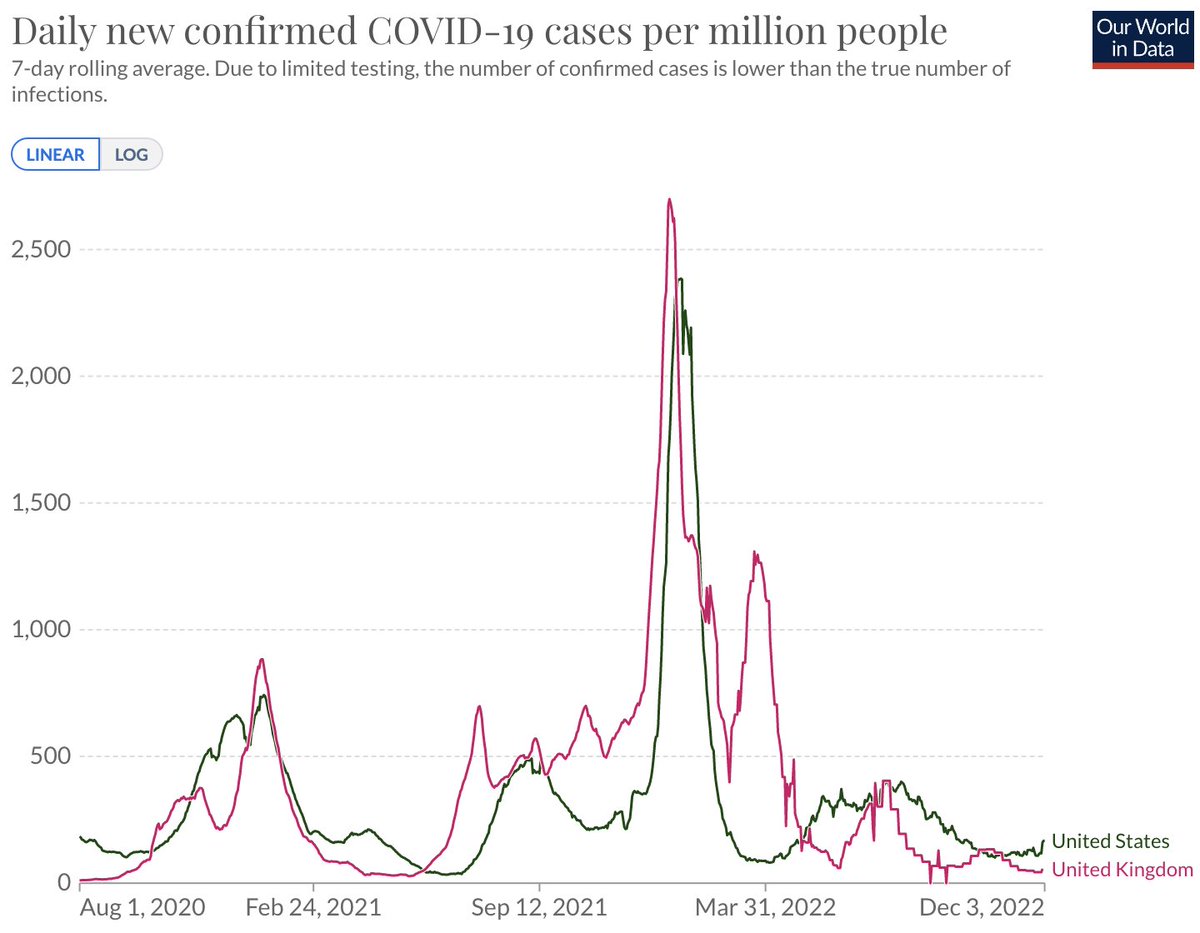An update on genomic surveillance in the US and spread of the Delta variant (PANGO lineage B.1.617.2, Nextstrain clade 21A). At this point, 95% of viruses circulating in the US are "variant" viruses that have been designated as "Variant of Concern" or "Variant of Interest". 1/12 

This update mirrors how I was looking at the rise of P.1 across the US in May. 2/12
https://twitter.com/trvrb/status/1397195323299205129
Here, we can look at frequencies of different variant lineages through time and across states where it's clear that variant viruses and in particular B.1.617.2 viruses are continuing to increase in frequency. 3/12 

I'm plotting frequencies on a logit axis as it makes logistic growth appear as a straight line in logit space. This makes it easier to visually compare growth from say 1% to 2% vs 10% to 20%, where both are doublings of frequency. 4/12
We can partition cases reported by @CDCgov based on variant frequency from @GISAID data. Doing so gives the following picture across the US, where it's clear that although B.1.1.7 and P.1 have begun decline, B.1.617.2 is increasing in absolute numbers. 5/12 

There will be a necessary lag as genomic data comes in (I'm comfortable with estimates 18 days back for US states shown here), but we generally want to know current estimate of variant-specific Rt to assess whether variant sub-epidemics are growing or subsiding. 7/12
Here, @marlinfiggins has come up with a clever Bayesian approach that models the process of observing daily case counts alongside the observation process describing how sequenced genomes are distributed across variants. 8/12
This gives a quantitative estimate of daily Rt across variants and across states. The main assumption is that genomes deposited into GISAID are a decent surveillance sample of the viral population. Due to CDC NS3 surveillance efforts, I believe this is reasonable for the US. 9/12
Here, we see daily Rt estimates for each major variant across states, where it's clear that Rt for non-variant viruses has been consistently below 1, while Rt for B.1.1.7, P.1 and B.1.526 has been drifting downwards since March and is now generally below 1 across states. 10/12 

However, Rt for B.1.617.2 is significantly higher and well above 1 in most of the 16 states analyzed. This figure shows Rt at the final timepoint estimated (May 31). 11/12 

We know from @PHE_uk that B.1.617.2 is primarily transmitting through the unvaccinated (or partially vaccinated) population. It's difficult to predict the size of a B.1.617.2 epidemic we'll see, but I would expect at least some correlation with regional vaccine coverage. 12/12
• • •
Missing some Tweet in this thread? You can try to
force a refresh













